Surrounded by the bustle of the neon-lit café next to their shop, Cheng Cheng and Yu Cheuk Kei are walking advertisements for their brand, Tiger Vintage, one of Beijing’s oldest vintage stores. Cheng Cheng, who sources the stock, is insouciant in an oversized French worker’s jacket from the 1990s, while store manager Yu Cheuk Kei, who goes by the nickname Jacky, looks sharp in a denim jacket, US Army trousers from World War II and a red necktie for contrast. “Red and green are normally taboo in China,” Cheng Cheng says, pointing to the colour combination of Jacky’s trousers and tie. “But with vintage it doesn’t matter.”
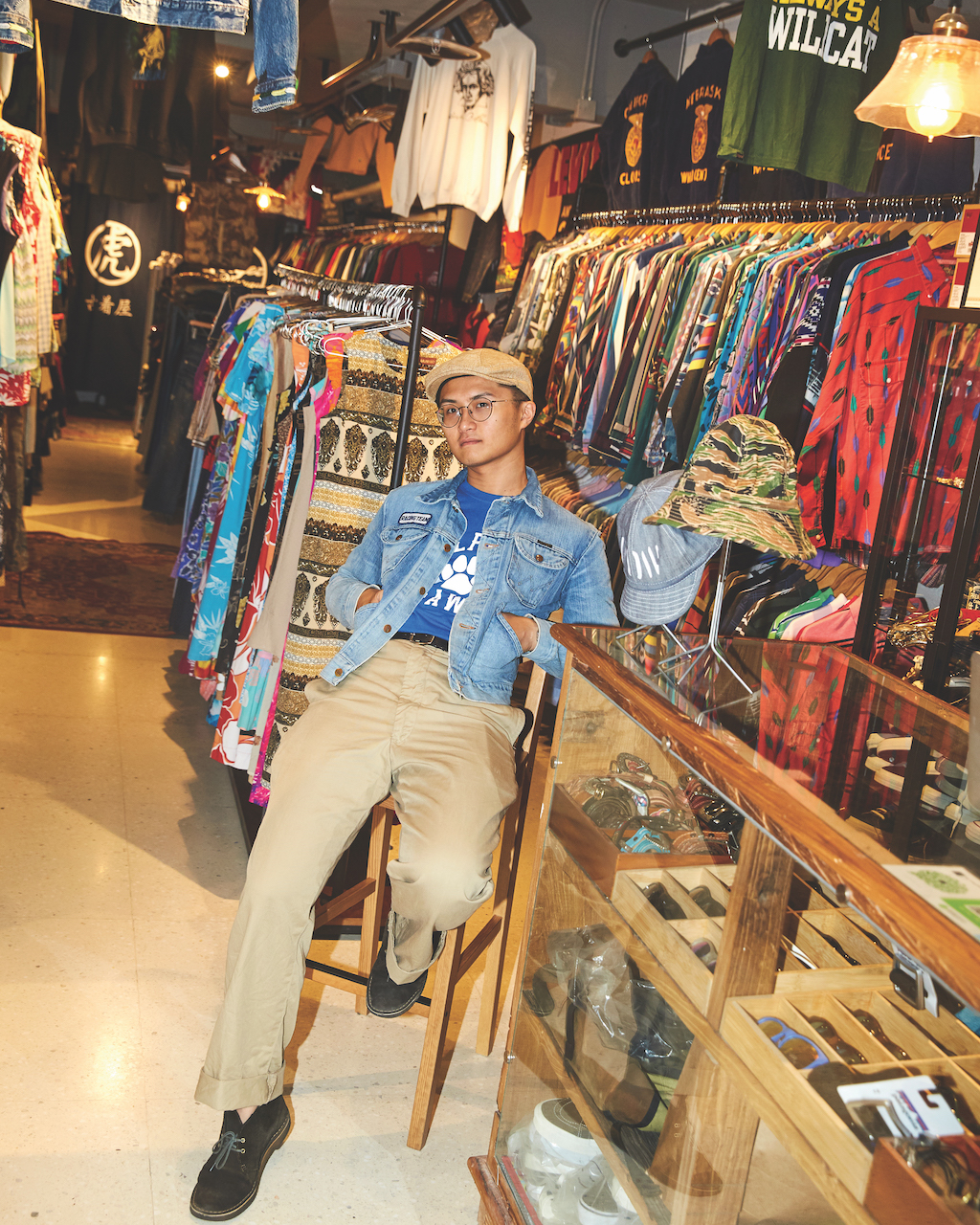
Style: Vintage
A sense of irreverence is what attracts the two men to this fashion genre, as well as the sustainability and history of the clothing. According to Jacky, not only is vintage a means of reusing garments, it’s also possible to find unique items that aren’t in production today. For instance, the trousers he’s wearing on the day we meet have a special pocket on the back indicating that they were only worn by regiments in Japan. “I can tell a story [through these clothes],” he says. For Cheng Cheng, the appeal is about feeling free, removed from the strictures of mainstream fashion rules.
Vintage has typically been a hard sell in China. Tiger and a couple of other stores such as Mega Vintage have been around for nearly a decade, but the scene only really gained traction in the past few years. “People don’t like old clothes and think that vintage is dirty,” Jacky says. “Many don’t understand the culture.”
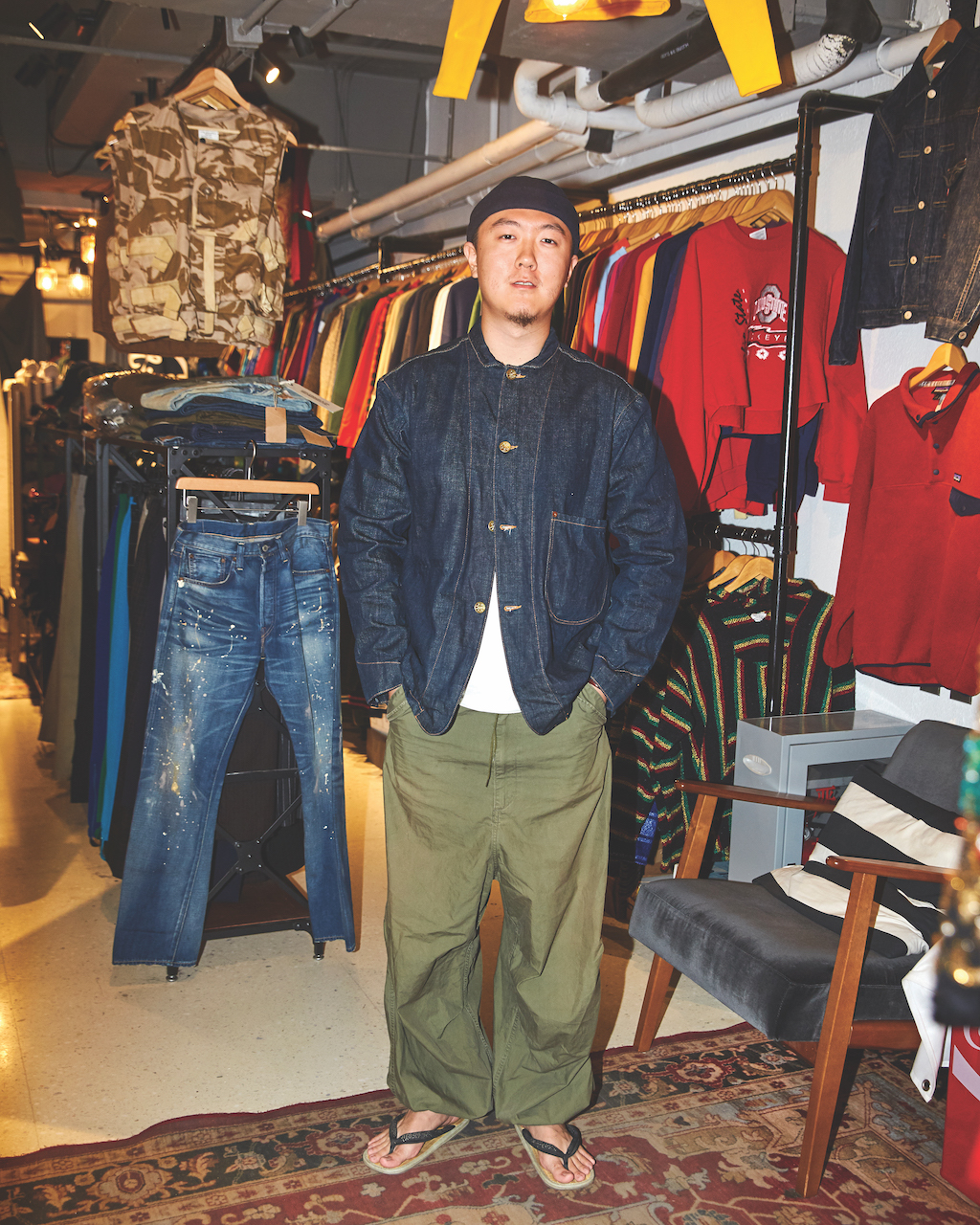
Jacky became a convert when he was first taken to a vintage shop by friends at university. He found a perfectly fitting denim jacket made from an old pair of Levi’s 507s, and hasn’t looked back. Cheng Cheng was also bitten by the vintage bug at university. While studying in Japan, where vintage has been popular since the 1980s, he saw an old man walk into a vintage store and pick up three items. “Vintage clothes were just part of his life,” Cheng Cheng observed. And soon they became a part of his.
Fashion in China today is no longer a one-city game. While Shanghai has long been the country’s face to the outside world, thanks in part to its colonial history, and might still be the premier destination for international brands, Beijing is fast becoming a hub for young and independent fashion.
Although still a niche pursuit, vintage is one of a few emerging trends diversifying the city’s burgeoning scene. While Jacky and Cheng Cheng look for authentic history in their clothes, other makers are drawing on traditional Chinese elements for their contemporary designs. Elsewhere, independent designers are eschewing tradition altogether, creating pieces that are bold, modern and unique.
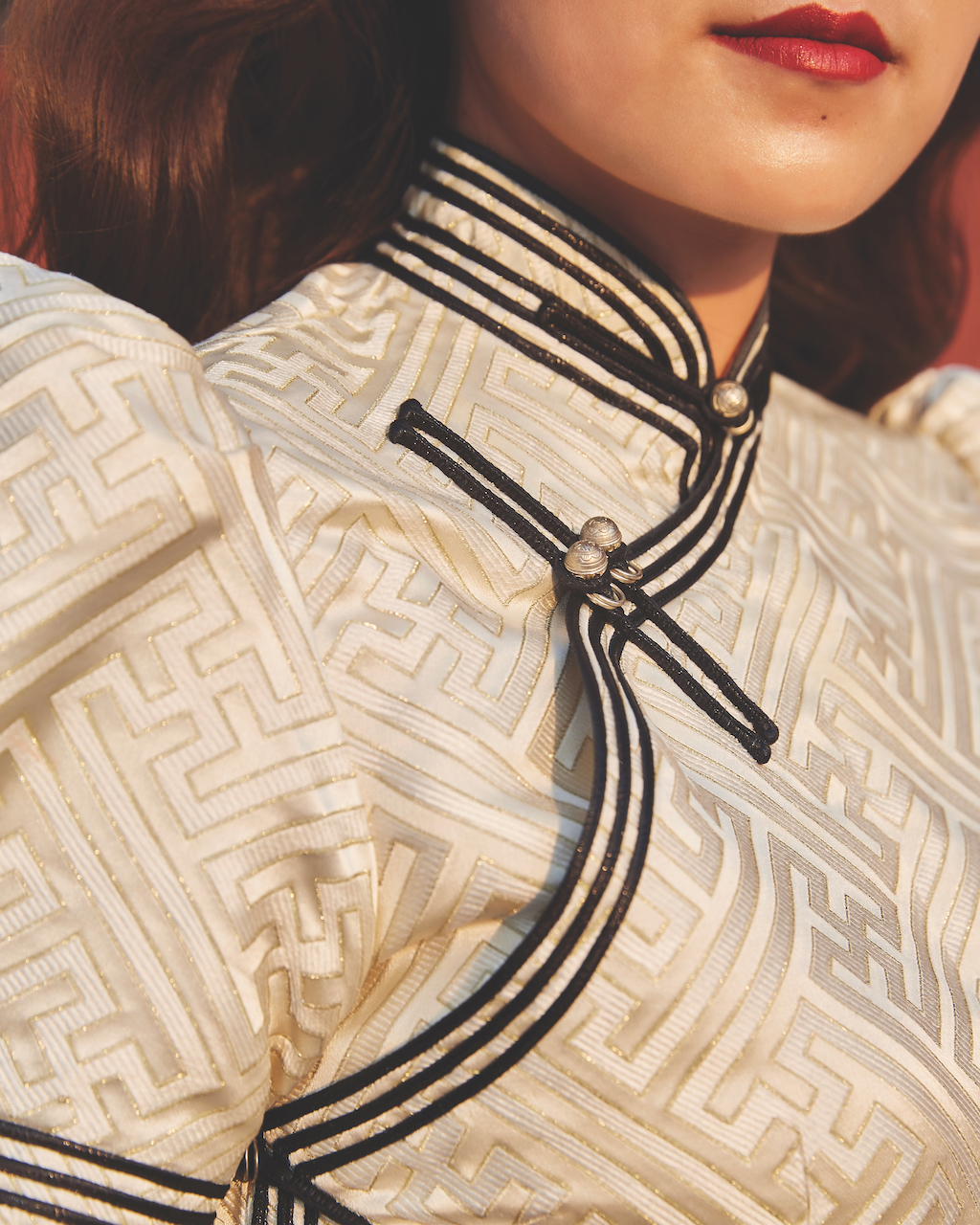
For instance, hanfu, the traditional clothing style of the Han Chinese, is also enjoying a resurgence in fashion circles. In fact, Beijing Fashion Week opened with haute couture hanfu dresses from Chinese brand Xiannixiaozhu. Huang Chunyan, the brand’s spokesperson, told The Global Times that the hanfu display was about China’s “cultural confidence”, adding that “these glorious dresses will allow more Chinese to learn about our own style”.
Small boutiques around the city, particularly in the new hipster hangout of the ancient alleyways around the Lama Temple, are now selling modern updates on hanfu style, such as simple jackets with pankou (traditional knotted) buttons or contemporary dresses with seams cutting diagonally across the front.
Wei Wei, a 25-year-old former model who now works at a kindergarten, notes that it is not just hanfu designs that are having a moment. When we meet at the closing show of Beijing Fashion Week, she is wearing ornate black and white enamel earrings, trimmed in gold, which channel a traditional ethnic style from her native Inner Mongolia and contrast with her chic, white trouser suit. “Every part of China has a different culture… [and] Beijing has more ethnic minorities [than Shanghai],” she says, explaining the fashions found in the capital offer more of a cultural mix than other parts of China.
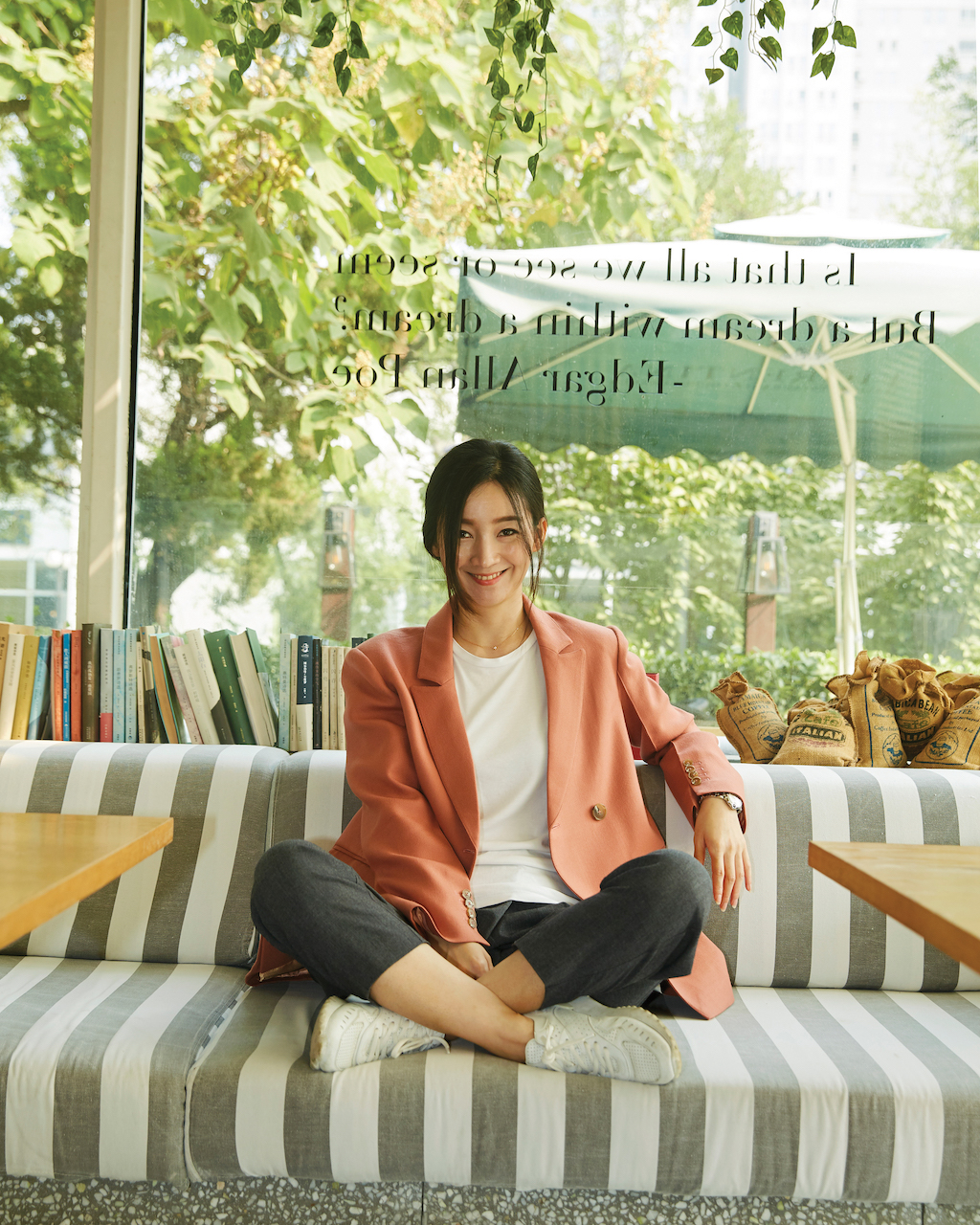
Style: 1980s-inspired
The show she is attending is a debut from local brand Shang1. In a purpose-built black warehouse, the heavy bass of the show’s soundtrack can be heard echoing beyond the walls of the complex. A procession of women – mostly Chinese, a few Western – glide down the catwalk. All the models are clad in oversized suits in muted, block colours with matching white leather pumps. The outfits, all the creation of 35-year-old Choi Eunhee, are modern and striking: in addition to the suits, there are double-breasted jackets with chunky belts, and loose yet tailored two-pieces.
The Shang1 show exemplifies the forward-thinking ethos the Beijing scene is becoming known for. While Shanghai Fashion Week has been around since 2001, the Beijing edition, which only started in 2016, is younger, scrappier and more focused on local figures. The atmosphere is full of excitement and the audience is diverse: avant-garde bloggers, poker-faced industry professionals, oddball family members and eager students.
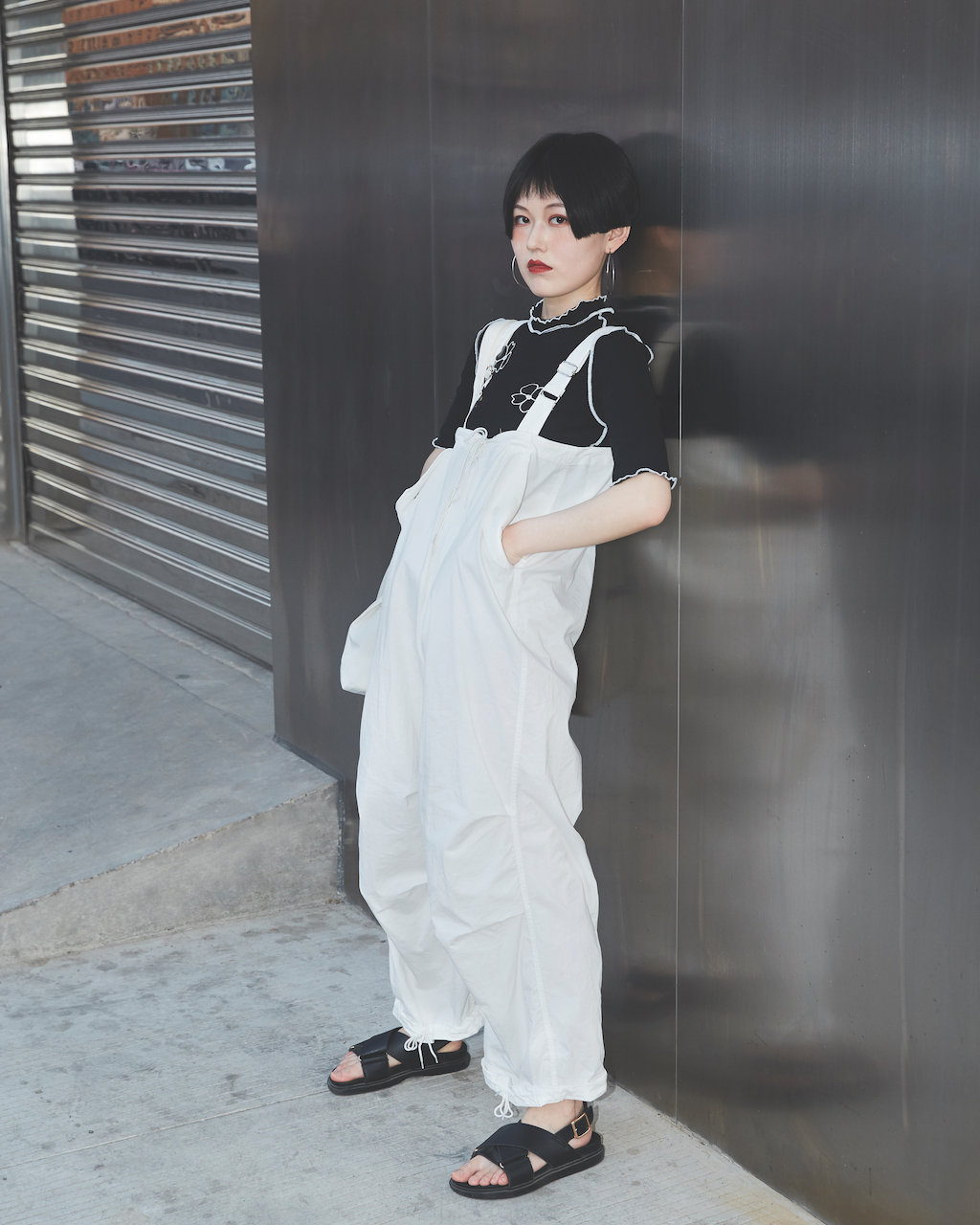
Style: Androgynous
“I like clothes that are more oversized, more androgynous and not so feminine,” explains Choi over lunch at a stylish restaurant on Beijing’s fashion epicentre Sanlitun. This year’s Fashion Week theme was “Crossover, Fusion and Consumption” and featured a mix of established and up-and-coming designers, with a focus on Beijing-based labels. Choi’s designs, with their 1980s Wall Street influence, embodied the Crossover aspect. At the show, Choi herself was on-brand, in a spacious checked grey trouser suit and simple white T-shirt.
At lunch, her outfit is even more low-key, which is how she describes her style: a white shirt with a delicate gold chain around her neck. Choi is both a designer and businesswoman, employing six people in her fashion house which she established in southern Beijing in 2017.
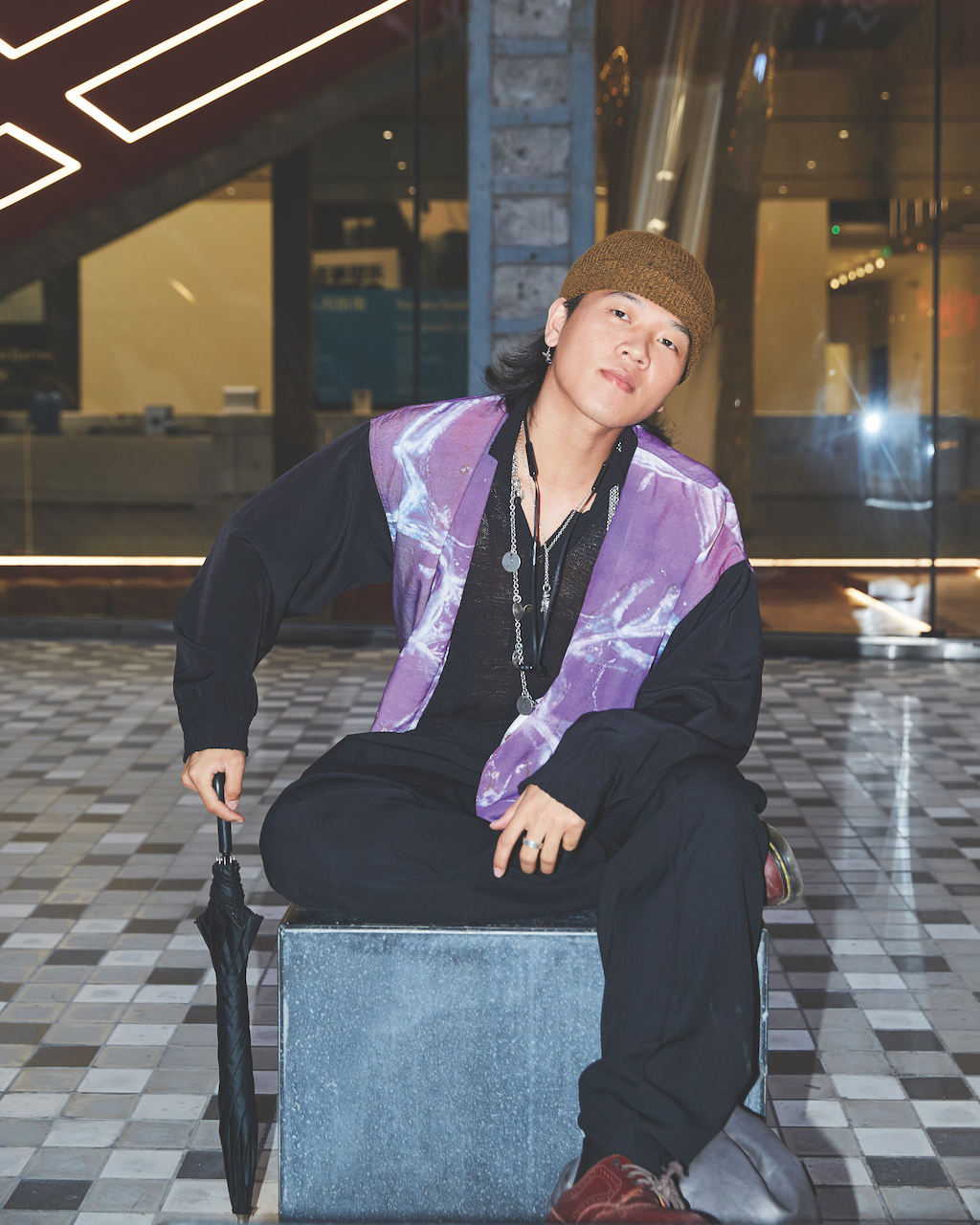
Style: Streetwear
Hailing from a traditional family in northern China who disagreed with her ambition, the modernity and androgyny of Choi’s designs represent everything that her background is not, and the individuality and freedom of choice she hopes to pass on to her daughter.
“Chinese style has always been very traditional, but for some people that is changing. People don’t want to dress like everyone else,” she says with a smile.
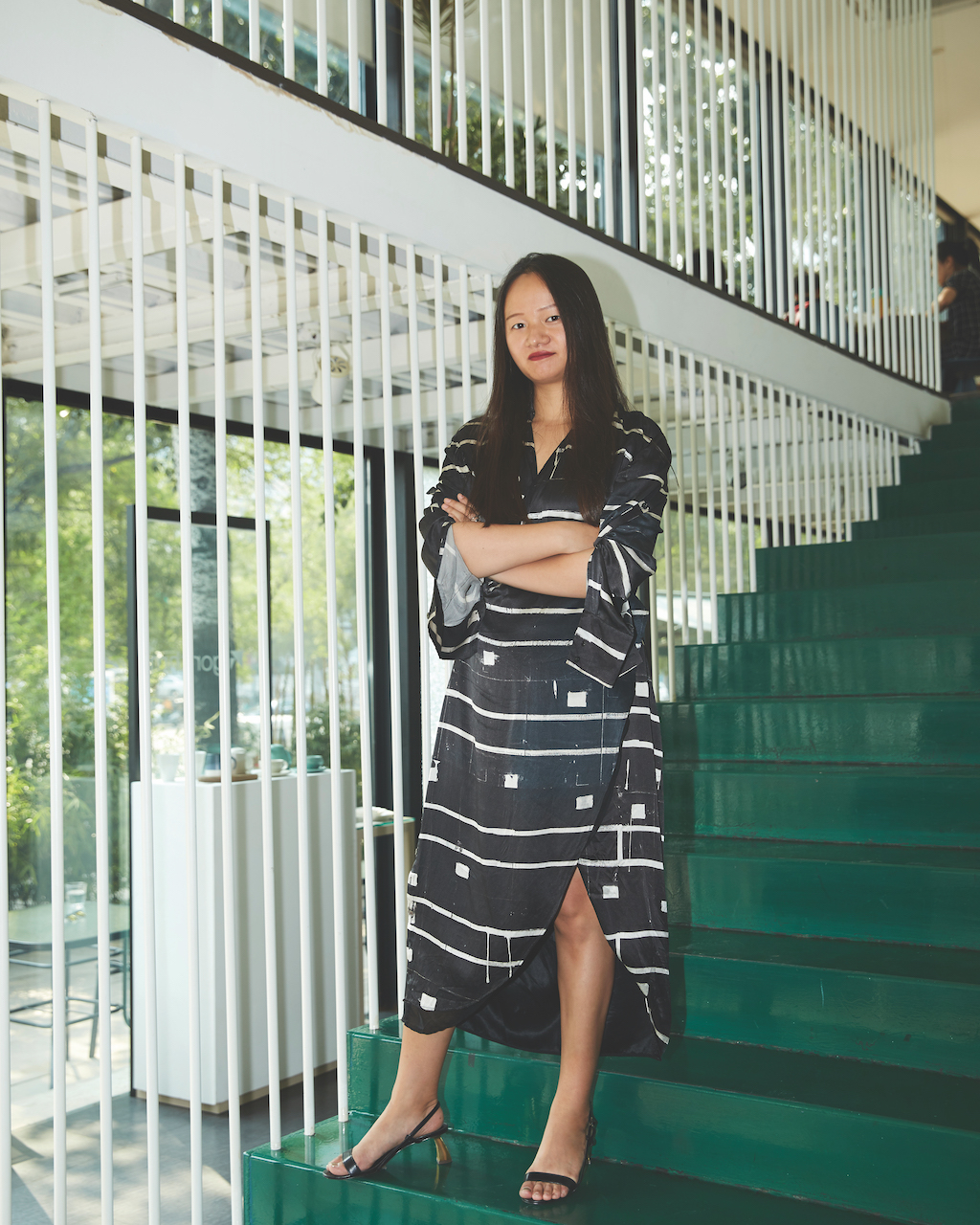
Style: Textured minimalism
Yue Ting is a case in point. She founded her independent fashion label, Moonstop, in 2014, when she was just 25. She now employs four other people in a studio in Beijing’s 798 Art District, where nearby boutiques stock her designs. When we meet in the sun-drenched café of Algorithm, one of the downtown Beijing boutiques that stocks her brand, she is dressed in an oversized white shirt which contrasts with her bright red lipstick.
Yue now sees Beijing as being more independent, whereas the dominance of major labels in Shanghai makes it harder for small, unconventional designers such as herself to break onto the scene. And it’s not just in fashion that Beijingers are embracing indie culture. There’s a thriving local live music scene, and a growing number of independent cinemas that showcase arthouse films. For most, the arts are still just a hobby, but designers such as Yue are now turning their passion into a career.
“Chinese style has always been very traditional, but for some people that is changing”
She admits that her own design philosophy has been inspired by what she sees as Beijing’s burgeoning individualism. “When I started Moonstop, my vision wasn’t clear, but now my personal style is stronger. More and more, I understand what I want,” she elaborates. These days, she describes her style as being “minimal, elegant and textured,” the third point referencing her emphasis on materials.
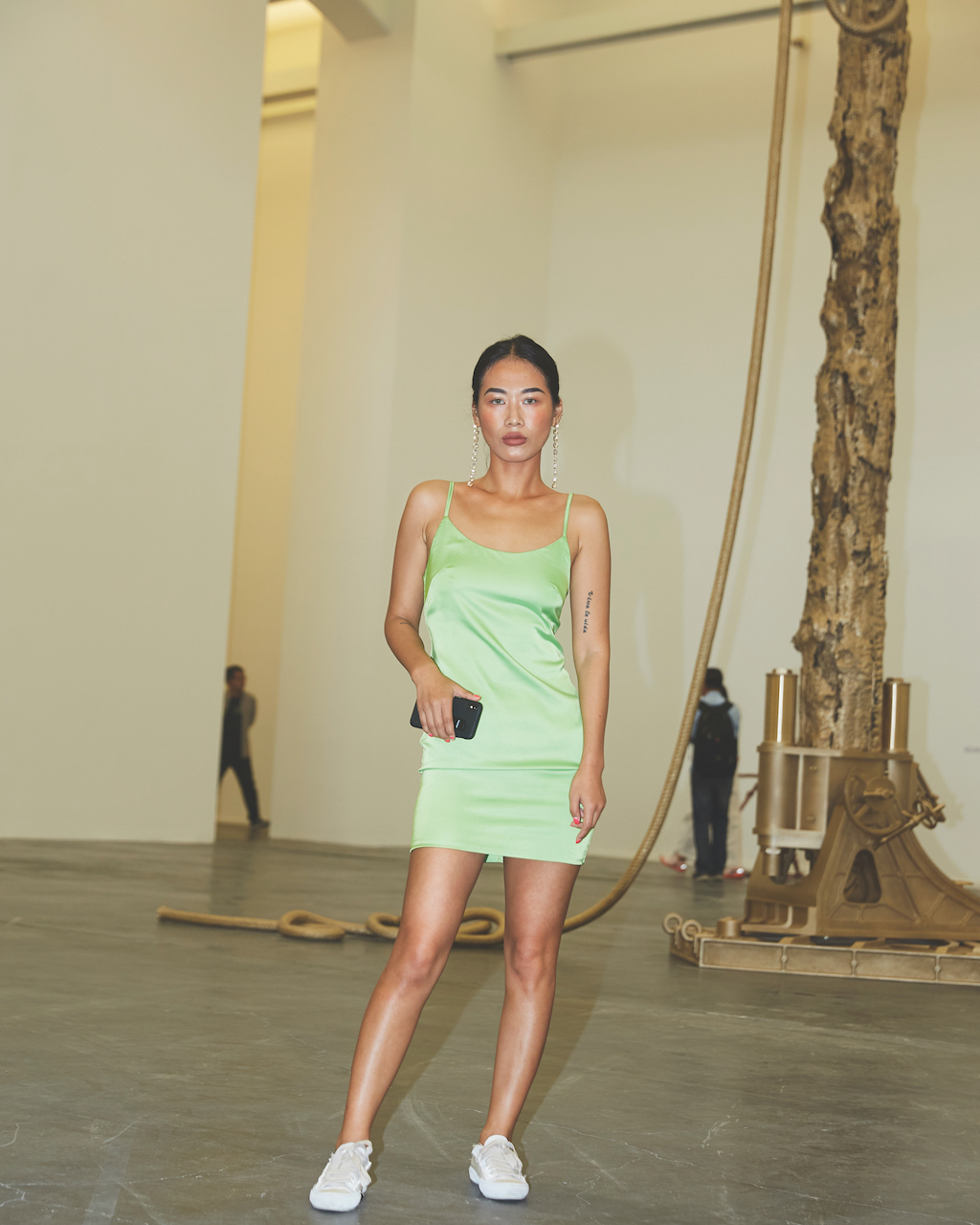
Style: Sporty chic
For many, though, fashion is above all else, about being cool. Both Choi and Yue say that the most fashion-forward consumers in Beijing are interested in cutting-edge design more than provenance. That’s also the view of 28-year-old Basha, who runs popular fashion and lifestyle blog Miss Gu’er Weige, with over 300,000 followers. “Shanghai girls like to ask, ‘What brand is this?’ not about the item itself,” she explains. “It’s not the same in Beijing, where people pay more attention to the product.”
Basha describes her own personal style as “sporty” with a mix of “official”, such as a suit worn with high heels and a sports bra. Her make-up is often bright and eye-catching: she likes to experiment with coloured contact lenses. These days, Basha says, young people pay more attention to social media and influencers than traditional arbiters of style. She encourages her readers to follow their “own opinions and ideas to make their style more special”.
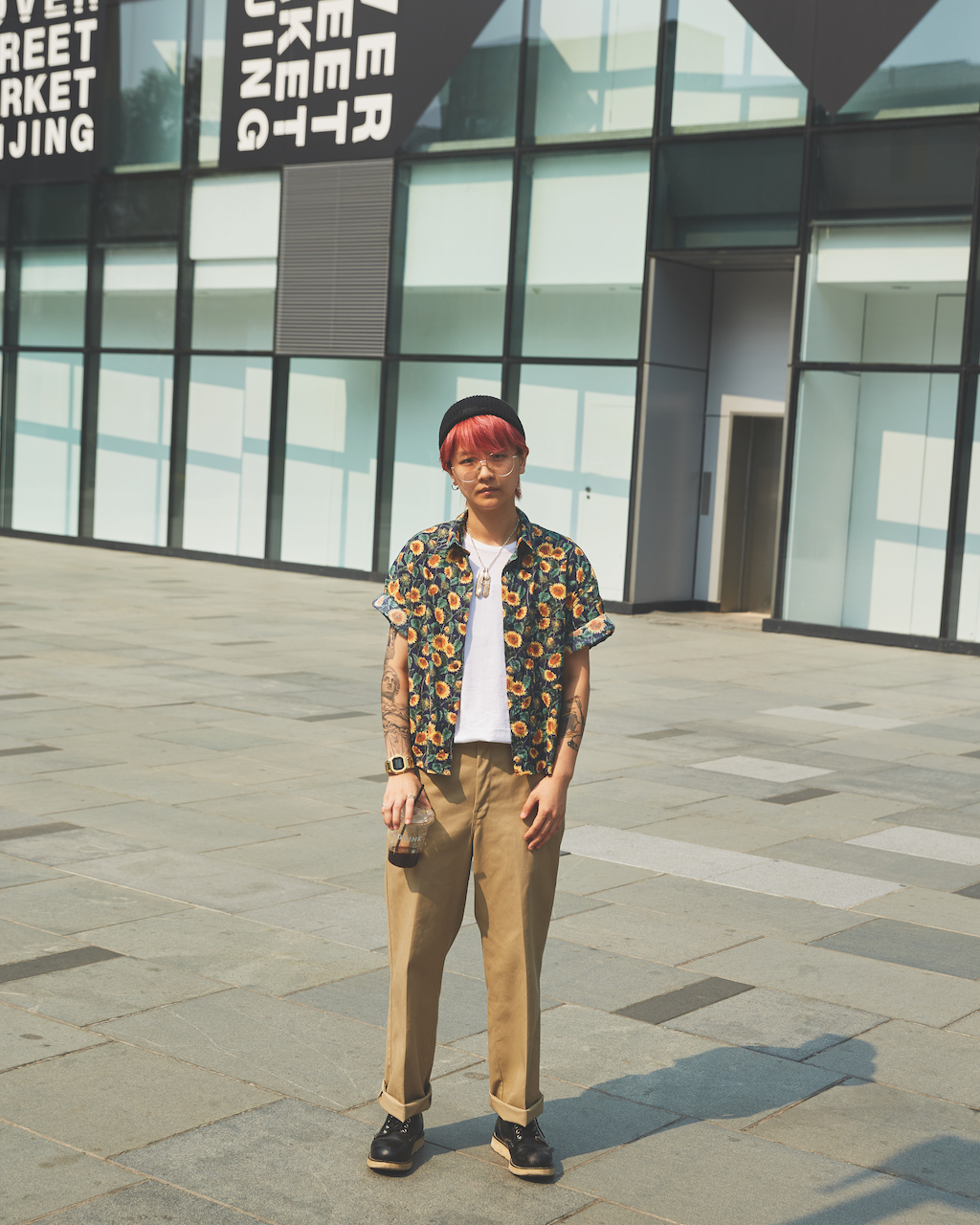
There is a world of difference between the sleek modernism of Choi and Yue, the retro, hip style of Cheng Cheng and Jacky, and Basha’s bold personal aesthetic. But ultimately, all are united in their celebration of individualism and difference in the Beijing fashion scene. Cheng Cheng and Jacky in particular say that they don’t want to impose vintage on anyone – rather, they hope that the choices offered by vintage fashion can help people to find their personal style. After all, Jacky says, “you are what you wear”.
Singapore Airlines flies to Beijing three times daily. To book a flight, visit singaporeair.com
SEE ALSO: 5 local gems worth visiting in Beijing
This article was originally published in the November 2019 issue of SilverKris magazine
The post Beijing’s independent fashion designers are making a bold statement appeared first on SilverKris.
from SilverKris
No comments:
Post a Comment